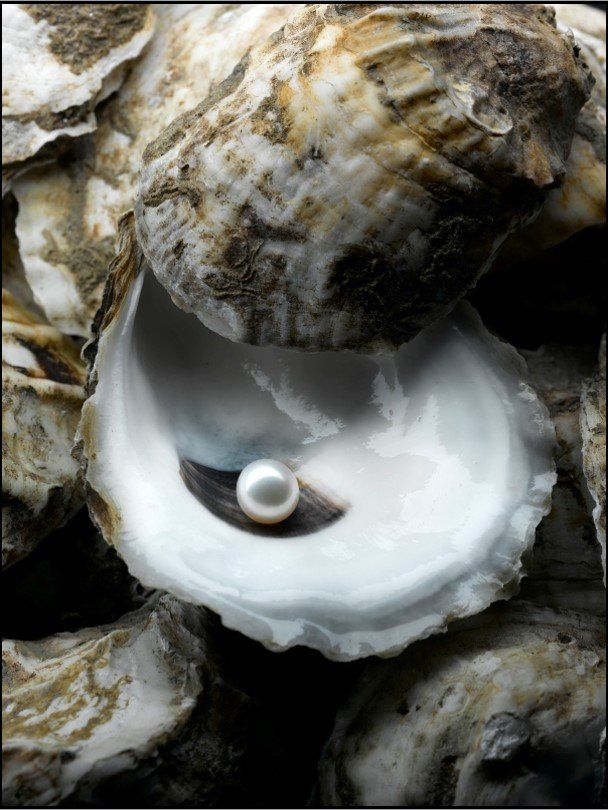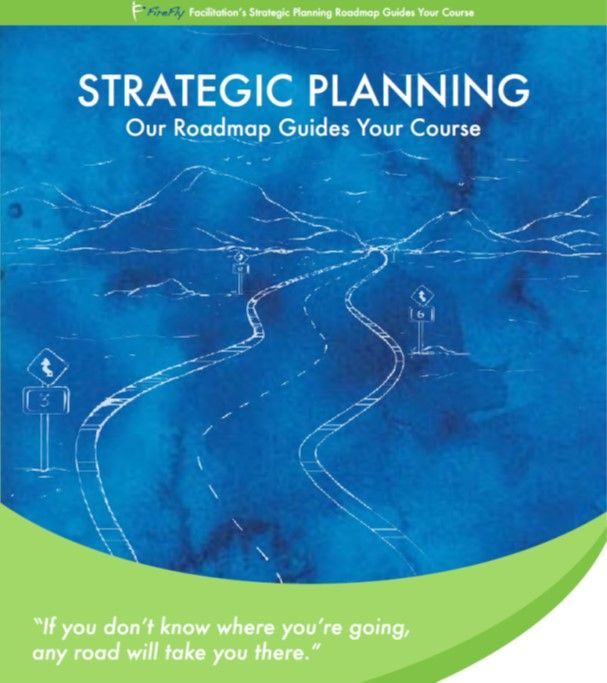Is Conflict a Problem or a Boon?
Do you (or your leader) see conflict as "creative abrasion" or destruction?
When you think about conflict, you probably think of something stressful and problematic. Most of us are non-confrontational, and don’t enjoy the uncomfortable feelings that conflict produces. However, if we look to the natural world, we can see examples of how conflict can be productive . Rather than looking at conflict as negative or destructive, it can be useful to see it as creative abrasion—a very powerful innovative force.
The president of Nissan Design International, Jerry Hirshberg —the man who originally coined the phrase creative abrasion —felt so strongly about the power of this concept that he purposely hired people to design cars in pairs that represented very divergent thinking .
Picture the people on your team. How diverse is their thinking? Are you proactively tapping into that diversity, or do you and your other team members treat it more as an irritant, like the grain of sand in an oyster?
I debated with myself which metaphor to use to describe accurately the fruitfulness I have seen creative abrasion evoke . I began with the oyster. Ah, yes, everyone has heard about that bit of sand that becomes a pearl, but let’s extend the metaphor a little further.
Unbeknownst to many, the oyster’s true function is not to make the pearl. Thus, that grain of sand is pushed to the side and constantly covered with a shiny substance that smooths out those rough edges, making the irritant tolerable - but serving no useful purpose to the oyster. Humans, on the other hand, are more than happy to embrace this by-product of the oyster’s attempts to make his environment more comfortable. Do you view the conflict on your team in the way that the oyster sees the pearl—as something to be buried or glossed over?
Let’s take another metaphor—this time, a piece of coal. Do you know how that ugly lump becomes a diamond? Through intense heat and pressure. Is that the kind of environment under which your team works best? Is there always a new fire to fight? Do you suffer through white-hot, high-conflict situations, and often find it hard to appreciate the diamonds that were produced?
Bear with me for one more metaphor, if you would, and picture two tectonic plates on the earth’s surface—your way and my way , perhaps—grating against each other. Many people know that when this kind of friction occurs between plates, earthquakes often ensue. But what happens when these two plates—or viewpoints—come together? If the environment is right, they create a mountain—a third viewpoint that is a product of these other approaches and that is grander, loftier, and more powerful than either one was on their own. This is true synergy.
It isn’t always easy to create a fertile environment for productive conflict, and it certainly doesn’t come naturally. The leader must guide the way, and then every member of the team must follow that path.
In my next post , we’ll discuss the three steps to make that happen.






